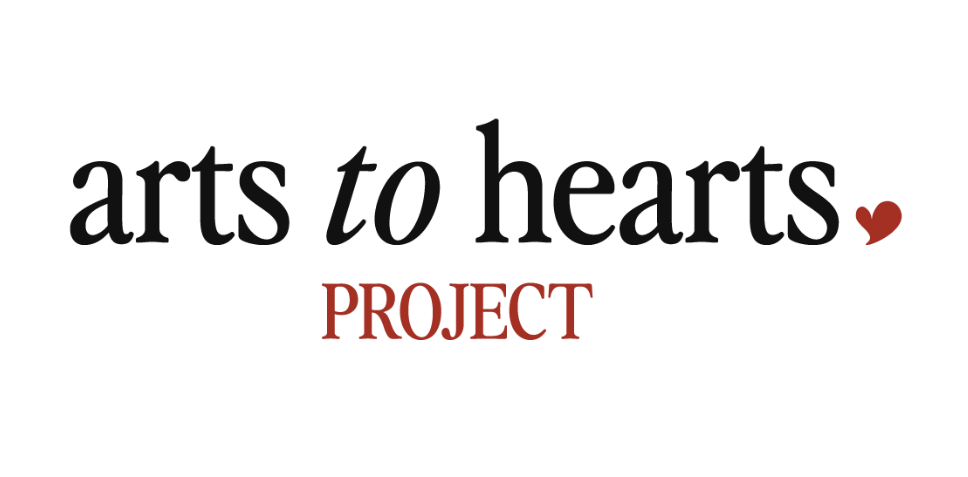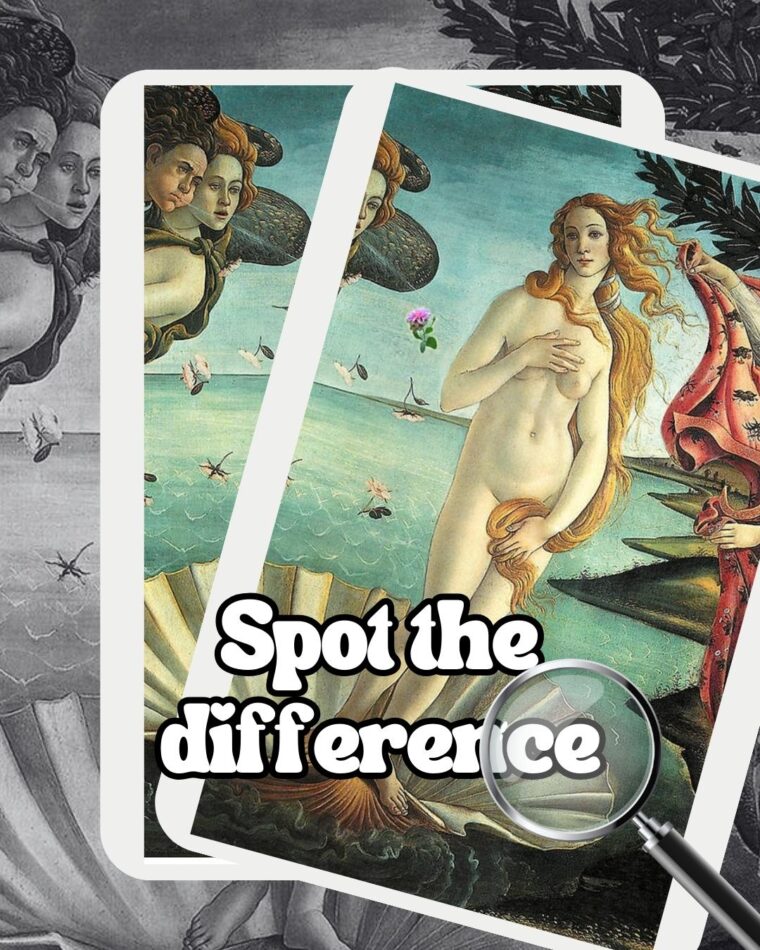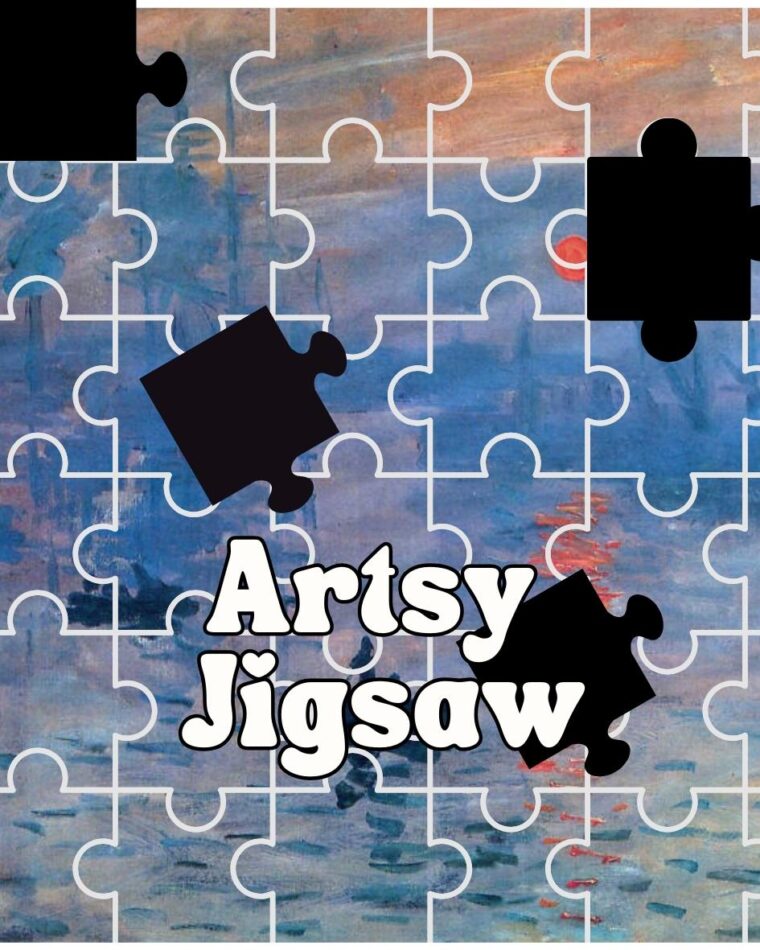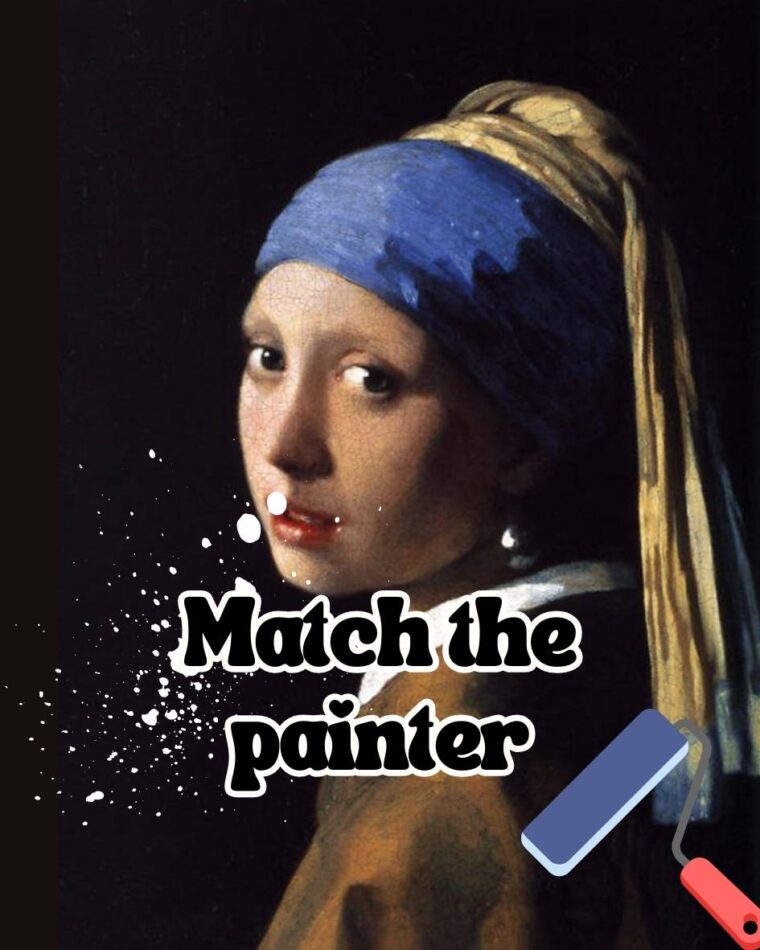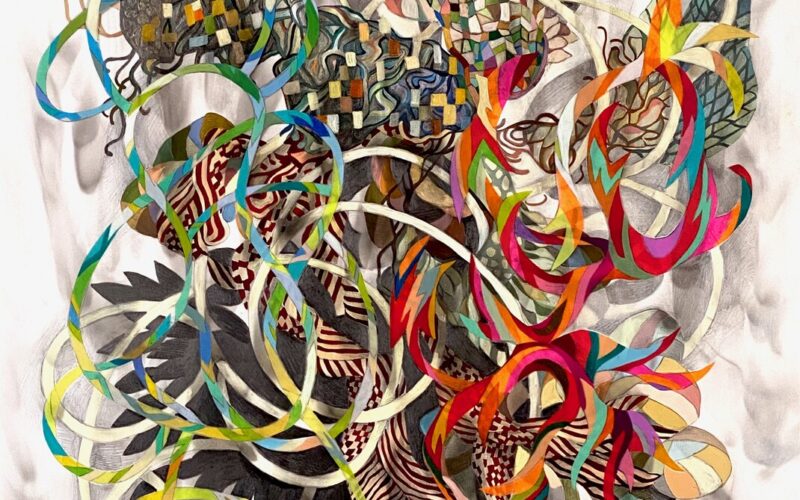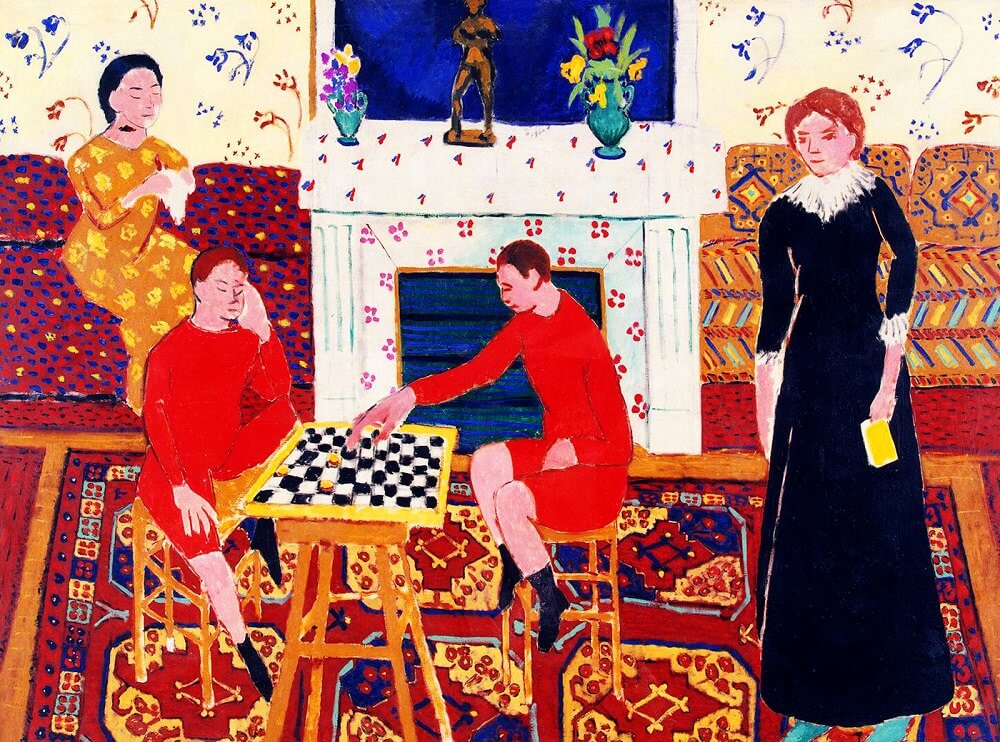
The Pros and Cons of Print on Demand for Artists
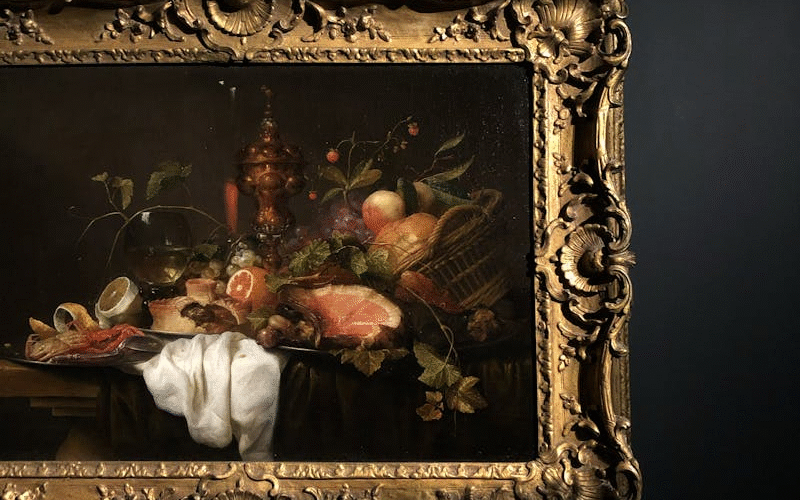

If you’ve ever thought, “It’d be cool if someone could buy my art as a print or on a tote bag,” then you’re already thinking like a print on demand artist.
Print on demand (POD) is more than just a trendy way to sell your artwork; it’s a full-on creative business model that lets you offer your art as products without the upfront costs, inventory, or shipping stress. But while it sounds simple, there’s more to it than just uploading a design and waiting for sales.
So before we dive into pros and cons, let’s talk clearly about what POD actually is, how it works behind the scenes, and what successful artists are doing differently to make it a real income stream, not just a side hustle that fizzles out.
What Is Print on Demand?
Print on demand means you create a digital design of your artwork, and when a customer orders a product featuring that design, a third-party company prints it, packs it, and ships it. You don’t need to hold inventory, worry about printing costs, or run to the post office with every sale.

It’s a system powered by automation. You upload your design to a Print on Demand platform like Printful, Society6, or Redbubble, select which products to apply it to, set your prices, and the system takes care of the rest. You get a cut of each sale, and the platform or fulfillment provider takes theirs.
That’s the basic idea, but here’s the part most artists miss: You are not just selling art. Whether you treat it like one or not, you’re building a brand and managing a storefront. Let’s have a look at some of the pros and cons of Print on Demand.
The Pros
Here are some pros of Print on demand:
1. No Upfront Costs = Low-Risk Playground
You don’t need a big budget or warehouse to get started. You just upload your artwork to a platform, pick a few products to apply it to, like totes, prints, or mugs, and that’s it. It’s the ultimate low-risk way to test whether people connect with your art. Say you’ve got a little series of dreamy mushroom illustrations, you can toss them on a few art prints and mugs, and see how folks respond without spending a cent on inventory.
It’s smart not to go wild uploading everything at once. Starting with just a few focused designs and putting them on a handful of practical products, like mugs, art prints, or notebooks, keeps things manageable. You’ll learn way more from testing five well-curated items than dumping thirty random ones on every product type.
2. Someone Else Handles the Boring Stuff
Once you’re set up, you don’t have to worry about packaging, shipping, or returns; that’s all handled by the platform. Which is a huge relief. You get to stay in the creative zone instead of figuring out how to ship a hoodie across the country.
That said, just because you’re not shipping it yourself doesn’t mean you shouldn’t care about how your product turns out. It’s worth ordering a few samples. Sometimes what looked vibrant on your iPad screen can come out dull or slightly off-center in print. Seeing it in person helps you adjust your files and make sure everything looks pro-level before real customers get their hands on it.
3. Global Reach Without Global Headaches
Here’s another great part: your shop is instantly worldwide. Someone in London can buy your tote just as easily as someone in your hometown, and you don’t need to deal with customs forms or international postage fees.
Now, while you technically can upload to every platform out there, it’s a better move to pick the one that fits your style and audience. If you’re all about art prints and home decor, Society6 or INPRNT might be the best fit. Into bold, quirky illustrations or pop culture? Redbubble is great for stickers and tees. And if you want full branding control and your own shop look, platforms like Printful or Printify, paired with Etsy or Shopify, give you that flexibility.
4. One Design, Many Ways to Earn
This is where Print on Demand really shines: one piece of artwork can be turned into a whole range of products. You can take a single design and put it on wall art, phone cases, t-shirts, pillows, you name it. That kind of scalability is hard to beat.

But here’s where a lot of folks go wrong: they just slap the design on every product using the platform’s auto-resize tools. Don’t do that. A piece that looks incredible as a framed print might be a mess on a throw pillow. Taking time to re-crop or reposition your art for each product makes a huge difference in how polished and appealing your shop looks. Customers notice when you’ve clearly put effort into your presentation.
5. It’s Kind of Passive Income… Eventually
Print on Demand platforms are packed with thousands of other artists, and if you’re not promoting your work, it’s going to get buried.
Marketing doesn’t have to be overwhelming, though. Just start sharing your journey, post your process on Instagram, create mockups using your designs on Pinterest, write about your inspiration, or show what your prints look like in a real space. The more human and relatable your art becomes, the more likely people are to buy it, not just because they like the design, but because they connect with you.
The Cons
Let’s talk about some cons of print on demand:
1. Thin Profit Margins
Let’s get real, Print on Demand isn’t a goldmine, especially at first. The platform, printer, and manufacturer all take their cut, so unless you’re pricing your products strategically, your profit per item might be pretty small. You can bump up your prices a bit, but go too high and buyers might scroll right past.
That’s why it helps to think of Print on demand as a way to build and test your art business, not necessarily your only income stream. It’s great for getting your work out there and learning what resonates.
2. Limited Control Over Quality
You’re not overseeing the printing process, which means things can go wrong. Colors might shift slightly, prints might come out a little off, and customers might not always get the experience you intended.
That’s why ordering samples is non-negotiable. You can’t fix what you haven’t seen. Plus, those samples double as great content; you can photograph them, show them in use, and build trust with potential buyers by showing real-life versions of your products.
3. You Still Have to Market Yourself
Yes, these platforms have traffic, but you’re not the only artist trying to get noticed. The truth is, most people won’t discover your work unless you actively promote it. If you want sales, you have to drive them.
Think of your shop like a small brand. Build an email list. Post videos of your sketching process. Share the story behind a piece. When you share product shots, don’t rely on plain white backgrounds; use lifestyle mockups that show your art in the real world. That emotional connection makes a huge difference.
4. Branding Can Be Pretty Limited
Unless you’re running your own storefront via Shopify or Etsy, your ability to brand is usually restricted. You can’t customize packaging or add a personal note with most print on demand platforms, which can make it feel impersonal.
So instead, put effort into making your shop feel human. Use a real profile picture. Write a personal, inviting bio. Group your work into collections so it feels cohesive, not random. That kind of consistency builds trust.

5. Payouts Can Be Slow
Most platforms have payout delays; sometimes, you’ll wait weeks before seeing the money from a sale. So if you’re counting on quick cash to reinvest in materials or marketing, that lag can be frustrating.
That’s why it’s smart to treat POD income as a nice bonus at the beginning, not something to rely on for essentials. As it grows, you can factor it into your bigger business picture—but be patient in the early days.
So, Is It Worth It?
Yes, if you treat it like a long game. POD is best for artists who want to experiment, reach new audiences, and build income over time. If you’re looking for quick sales or a gallery-level presentation, it may not check every box, but it’s a powerful tool when used strategically.
You don’t need to go all-in. You can blend POD with handmade prints, zines, originals, and commissions. The key is to stay intentional and keep showing up.
Long-Term Tips to Actually Succeed with POD
If you really want to make POD work, you’ve got to think like both an artist and a small business owner. Use keywords in your titles and tags that your audience would actually search for, don’t name your piece “Untitled No. 7.” Call it something descriptive, like “Minimalist Botanical Print – Black Ink on Beige.”
Stay consistent. Most people give up after a few weeks. But POD is a long game; your shop grows over time as you add more designs and build an audience.
Bundle your art into themed collections instead of uploading scattered pieces. People love sets. You can even create limited-time collections to create urgency, even though technically, everything is printed on demand.
And while it’s smart to pay attention to trends, don’t lose your voice trying to chase every fad. Let trends inspire you, but always filter them through your own style.
A Little Reminder before You Go…..
For more insights, community, and curated opportunities that support artists, especially emerging creatives, check out the Arts To Hearts Project and the Open Call for Artists. These platforms share open calls and real conversations, resources, and support for artists building their careers in today’s digital world.
Want help choosing a platform, improving your POD listings, or prepping your art for print? I’m here to help. Let’s make your art seen, shoppable, sustainable, and successful.

